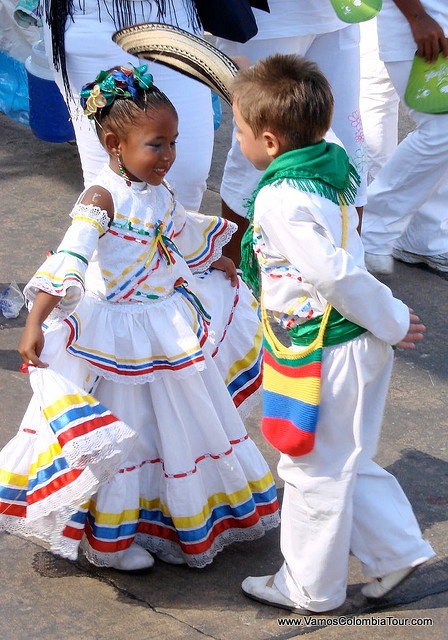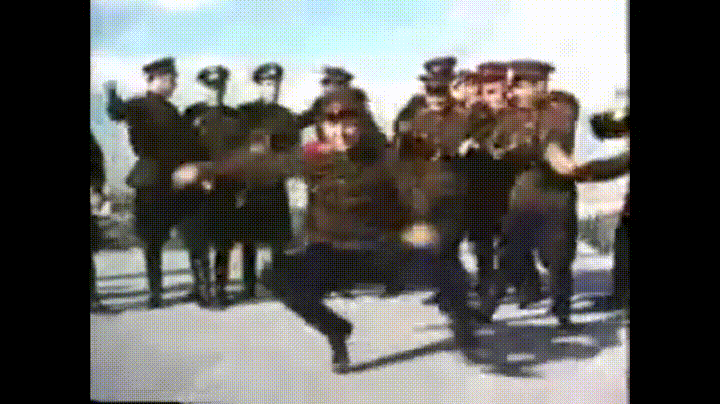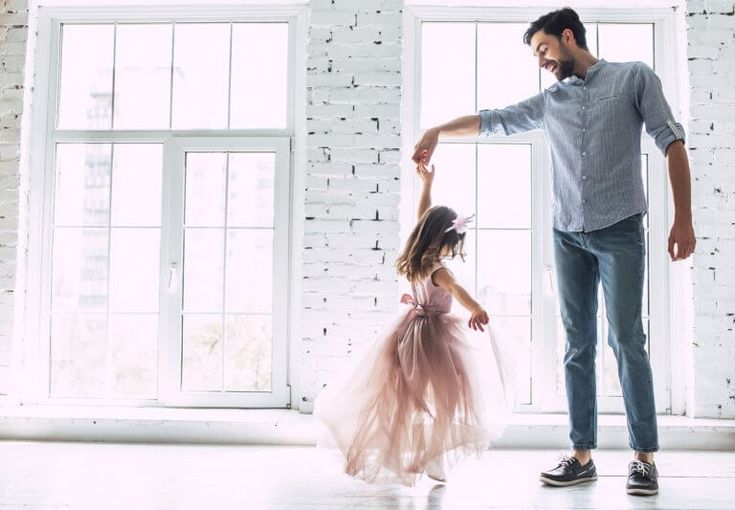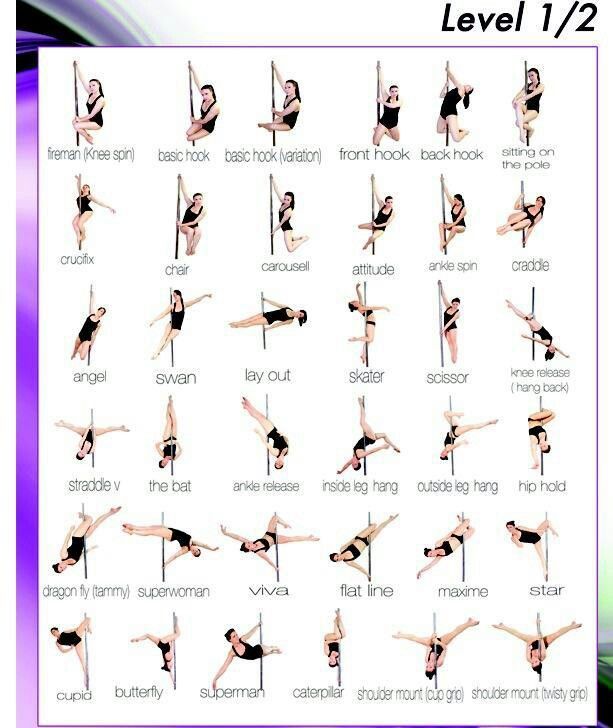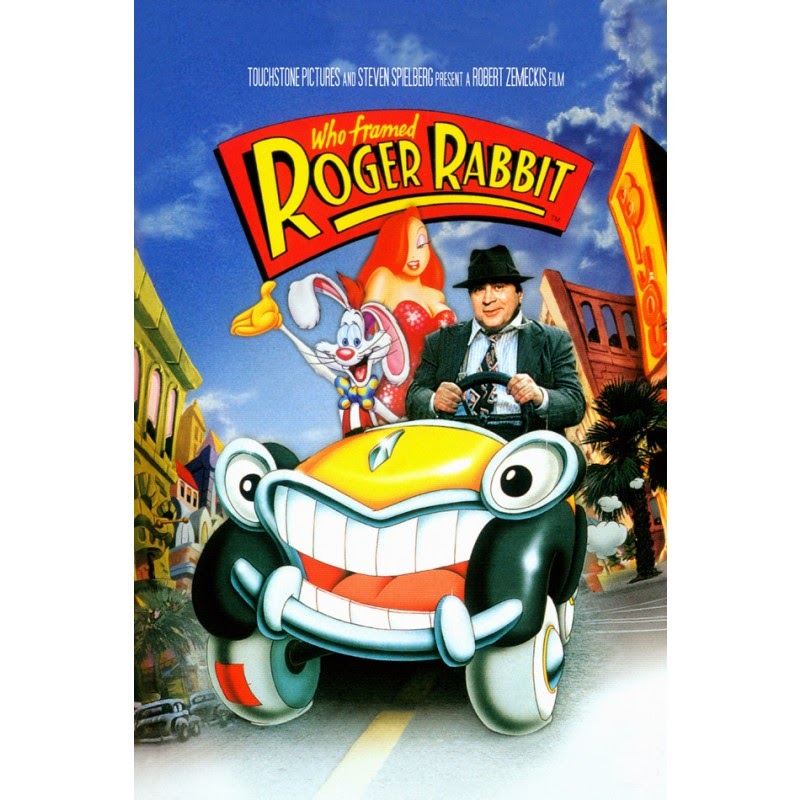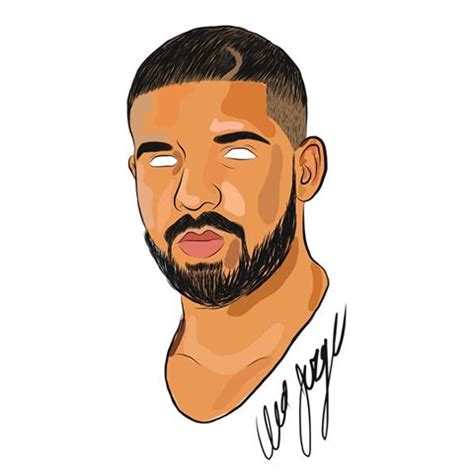How to dance zorba steps
404 - PAGE NOT FOUND
Why am I seeing this page?
404 means the file is not found. If you have already uploaded the file then the name may be misspelled or it is in a different folder.
Other Possible CausesYou may get a 404 error for images because you have Hot Link Protection turned on and the domain is not on the list of authorized domains.
If you go to your temporary url (http://ip/~username/) and get this error, there maybe a problem with the rule set stored in an .htaccess file. You can try renaming that file to .htaccess-backup and refreshing the site to see if that resolves the issue.
It is also possible that you have inadvertently deleted your document root or the your account may need to be recreated. Either way, please contact your web host immediately.
Are you using WordPress? See the Section on 404 errors after clicking a link in WordPress.
How to find the correct spelling and folder
Missing or Broken FilesWhen you get a 404 error be sure to check the URL that you are attempting to use in your browser. This tells the server what resource it should attempt to request.
http://example.com/example/Example/help.html
In this example the file must be in public_html/example/Example/
Notice that the CaSe is important in this example. On platforms that enforce case-sensitivity example and Example are not the same locations.
For addon domains, the file must be in public_html/addondomain.com/example/Example/ and the names are case-sensitive.
Broken ImageWhen you have a missing image on your site you may see a box on your page with with a red X where the image is missing. Right click on the X and choose Properties. The properties will tell you the path and file name that cannot be found.
This varies by browser, if you do not see a box on your page with a red X try right clicking on the page, then select View Page Info, and goto the Media Tab.
http://example.com/cgi-sys/images/banner.PNG
In this example the image file must be in public_html/cgi-sys/images/
Notice that the CaSe is important in this example. On platforms that enforce case-sensitivity PNG and png are not the same locations.
404 Errors After Clicking WordPress Links
When working with WordPress, 404 Page Not Found errors can often occur when a new theme has been activated or when the rewrite rules in the .htaccess file have been altered.
When you encounter a 404 error in WordPress, you have two options for correcting it.
Option 1: Correct the Permalinks- Log in to WordPress.
- From the left-hand navigation menu in WordPress, click Settings > Permalinks (Note the current setting. If you are using a custom structure, copy or save the custom structure somewhere.)
- Select Default.
 index.php$ - [L]
index.php$ - [L]
RewriteCond %{REQUEST_FILENAME} !-f
RewriteCond %{REQUEST_FILENAME} !-d
RewriteRule . /index.php [L]
</IfModule>
# End WordPressIf your blog is showing the wrong domain name in links, redirecting to another site, or is missing images and style, these are all usually related to the same problem: you have the wrong domain name configured in your WordPress blog.
How to modify your .htaccess file
The .htaccess file contains directives (instructions) that tell the server how to behave in certain scenarios and directly affect how your website functions.
Redirects and rewriting URLs are two very common directives found in a .htaccess file, and many scripts such as WordPress, Drupal, Joomla and Magento add directives to the .htaccess so those scripts can function.
It is possible that you may need to edit the .htaccess file at some point, for various reasons.This section covers how to edit the file in cPanel, but not what may need to be changed.
There are Many Ways to Edit a .htaccess File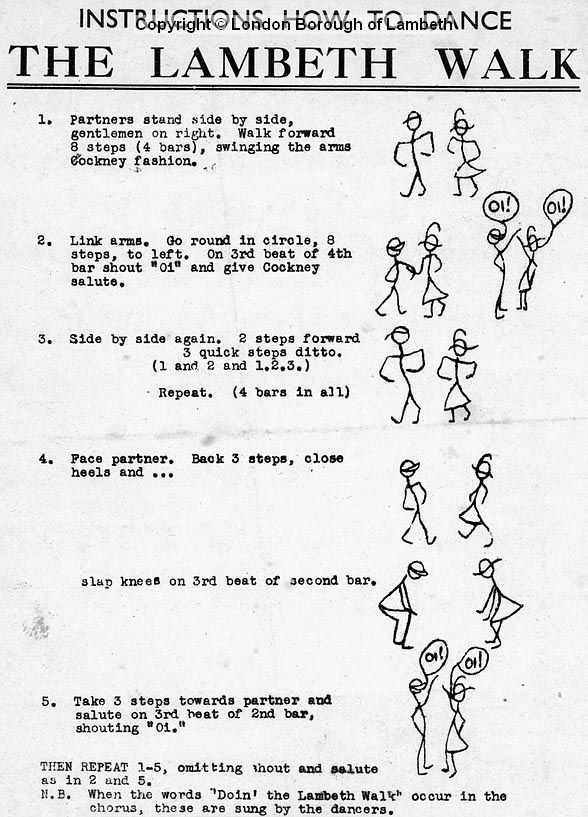 (You may need to consult other articles and resources for that information.)
(You may need to consult other articles and resources for that information.)- Edit the file on your computer and upload it to the server via FTP
- Use an FTP program's Edit Mode
- Use SSH and a text editor
- Use the File Manager in cPanel
The easiest way to edit a .htaccess file for most people is through the File Manager in cPanel.
How to Edit .htaccess files in cPanel's File ManagerBefore you do anything, it is suggested that you backup your website so that you can revert back to a previous version if something goes wrong.
Open the File Manager- Log into cPanel.
- In the Files section, click on the File Manager icon.
- Check the box for Document Root for and select the domain name you wish to access from the drop-down menu.
- Make sure Show Hidden Files (dotfiles)" is checked.
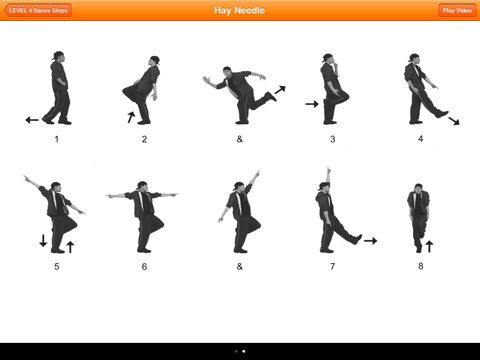
- Click Go. The File Manager will open in a new tab or window.
- Look for the .htaccess file in the list of files. You may need to scroll to find it.
- Right click on the .htaccess file and click Code Edit from the menu. Alternatively, you can click on the icon for the .htaccess file and then click on the Code Editor icon at the top of the page.
- A dialogue box may appear asking you about encoding. Just click Edit to continue. The editor will open in a new window.
- Edit the file as needed.
- Click Save Changes in the upper right hand corner when done. The changes will be saved.
- Test your website to make sure your changes were successfully saved. If not, correct the error or revert back to the previous version until your site works again.
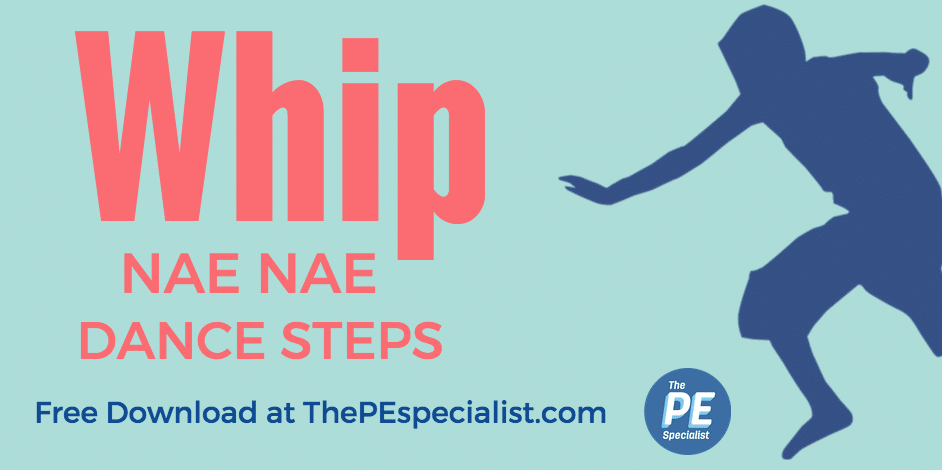
- Once complete, you can click Close to close the File Manager window.
Zorba Dance Steps - Our Pastimes
By: Eija Rissanen Updated September 15, 2017
By: Eija Rissanen Updated September 15, 2017
Dancing has always been a part of the Greek culture and the tradition continues today. Many of the Greek dances have religious origins but they are also a way to tell stories, have fun and communicate between the different regions of Greece. Zorba is the “traditional” Greek dance made famous by the 1964 movie "Zorba the Greek." The zorba is danced in three parts to alternating tempos. The steps are fairly simple and the different parts can be repeated as many times as desired.
Quick Tempo
Begin with your left foot and step forward. Tap the ball of your right foot next to your left heal. Swing your right leg forward and kick it slightly forward. Swing your right leg forward again and kick it again slightly.

Step behind your left foot with your right foot and kick your left foot slightly forward. Step behind your right foot with your left foot and kick your right foot slightly forward.
Step diagonally back to the right on your right foot and step to the right on your left foot in front of your right foot. Shift your weight back onto your right foot and swing your left foot forward brushing the ball of your left foot next to your right foot as you swing past.
Swing your left foot backward, brushing the ball of your left foot next to your right foot on your right side as you swing past and cross your right foot with your left foot. Repeat these steps as many times as you want.
In and Out and Left and Right
Step forward on your left foot and swing your right foot in a small arc around and in front of your left foot. Step your right foot in front of your left foot and step to the left with your left foot.
Step to the left on your right foot behind your left foot and step to the left on your left foot.
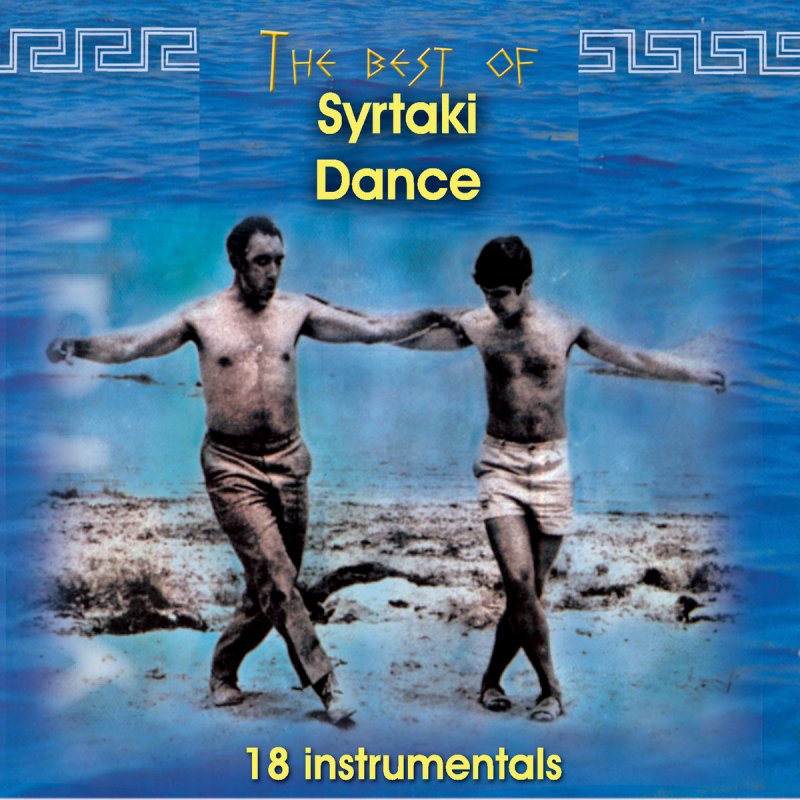 Step to the left on your right foot and place your right foot in front of your left foot.
Step to the left on your right foot and place your right foot in front of your left foot.Repeat steps using opposite feet and then repeat again using the original footwork ending with a squat.
Slow Tempo
Step forward on your left foot. Swing your right foot forward with your foot about 12 inches off ground and bend your knee. Step your right foot in front of your left foot and squat. Straighten up from the squat and hold your right foot off the ground, bending your knee.
Step backward diagonally on your right foot and bend your knee while leaning backward with all your weight on your right foot. Keep your left leg straight with the heal on the ground but the toe off the ground.
Repeat once or twice from the beginning.
Writer Bio
Eija Rissanen is a freelance journalist living in Hawaii. She has a journalism and environmental studies degree from Hawaii Pacific University. Her articles have been published in Kalamalama, the student newspaper of Hawaii Pacific University, and some other environmental and travel publications and Web sites in Europe and the United States.

Related Articles
How "Sirtaki" appeared - Site about Crete
Cretan dances "Syrtos" and "Pidichthos" were the progenitors of the national Greek dance "Sirtaki". And few people know the amazing story of the origin of the Sirtaki dance. In fact, Sirtaki appeared not so long ago, in 1964, on the set of the film Zorba the Greek (based on the novel by famous writer Nikos Kazantzakis). And there was a dance, I must say, very spontaneously.
According to the script of the film, its main character, played by Antony Quinn, was supposed to show the national Greek dance to Basis. The beach scene was supposed to be quite short, about two minutes. Therefore, director Michael Kakoyanis faced a difficult task, to find a musician who would write music for this scene, so much so that in two minutes he could convey all the energy of Greek dance and make him believe that this is really a national dance. Kakoyanis entrusted such a difficult task to the Greek composer Mikis Theodorakis.
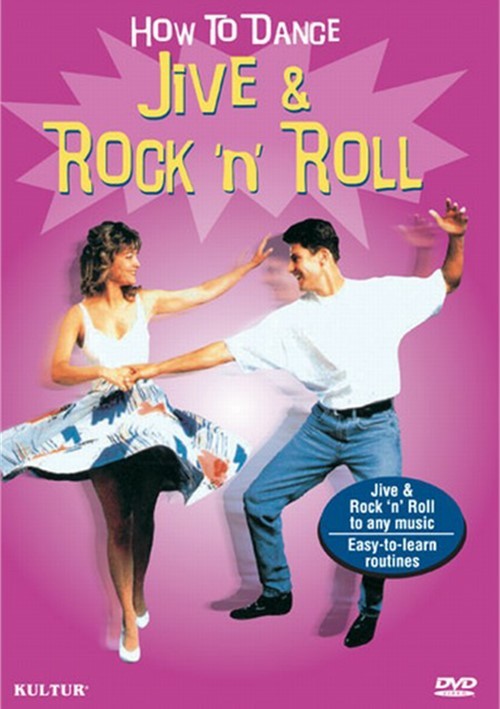 And he handled it brilliantly. The dance itself, which, by the way, was called the Zorba Dance, was invented by Anthony Quinn. And to make it as similar to Greek as possible, Anthony Quinn personally trained the dance technique with the local population. And since the film was shot entirely on the island of Crete, Quinn learned to dance the most popular national Cretan dances - Sirtos and Pidichtos.
And he handled it brilliantly. The dance itself, which, by the way, was called the Zorba Dance, was invented by Anthony Quinn. And to make it as similar to Greek as possible, Anthony Quinn personally trained the dance technique with the local population. And since the film was shot entirely on the island of Crete, Quinn learned to dance the most popular national Cretan dances - Sirtos and Pidichtos. The dance invented by Anthony Quinn was literally glued together from Sirtos at the beginning of the dance and Pidichthos in the second (fast) part of the dance. From here appeared, which became insanely popular, the accelerating rhythm of the national Greek dance. But, if we compare Cretan dances and Sirtaki, it is clearly seen that they are not quite similar, Cretan dances are energetic, with a lot of jumps and various steps performed by the dancers, which, in fact, is not in Sirtaki. And all this despite the fact that Quinn quite well mastered the technique of local dances and the original version of the dance he invented was very similar to the dynamic Cretan dances, although it was pure improvisation.
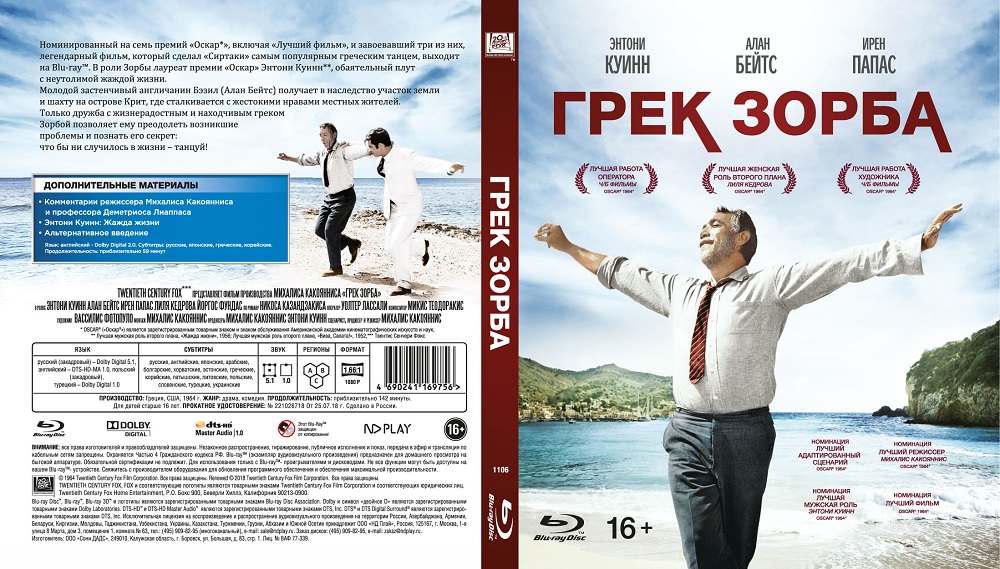 The fact is that before shooting the scene on the beach, Anthony Quinn broke his leg, and the crew was in danger of being left without this scene at all. But Quinn convinced director Michael Cacoyanis that he could do the "Zorba Dance" even with complicated leg swings. Naturally, the complex elements in the dance were never realized, but the dance turned out to be original and attractive in its own way. After filming the scene, Anthony Quinn revealed that his leg was so sore that it was impossible to lift it off the ground, let alone jump or swing. But Quinn found a painless way to move his bad leg - he dragged it across the sand. This is where this smooth and sliding step in Sirtaki came from. The name "Sirtaki" was invented by Anthony Quinn himself, and it came from the name of the dance "Syrtos" in a diminutive form. When Michael Cacoyanis asked him what kind of dance it was. Quinn sneered that it was the folk Greek dance "Sirtaki", which he was taught by a Greek. In his answer, Quinn seemed to justify himself that he had danced a dance, which, after all, was very different from what he would like to dance and what he had learned from the locals.
The fact is that before shooting the scene on the beach, Anthony Quinn broke his leg, and the crew was in danger of being left without this scene at all. But Quinn convinced director Michael Cacoyanis that he could do the "Zorba Dance" even with complicated leg swings. Naturally, the complex elements in the dance were never realized, but the dance turned out to be original and attractive in its own way. After filming the scene, Anthony Quinn revealed that his leg was so sore that it was impossible to lift it off the ground, let alone jump or swing. But Quinn found a painless way to move his bad leg - he dragged it across the sand. This is where this smooth and sliding step in Sirtaki came from. The name "Sirtaki" was invented by Anthony Quinn himself, and it came from the name of the dance "Syrtos" in a diminutive form. When Michael Cacoyanis asked him what kind of dance it was. Quinn sneered that it was the folk Greek dance "Sirtaki", which he was taught by a Greek. In his answer, Quinn seemed to justify himself that he had danced a dance, which, after all, was very different from what he would like to dance and what he had learned from the locals.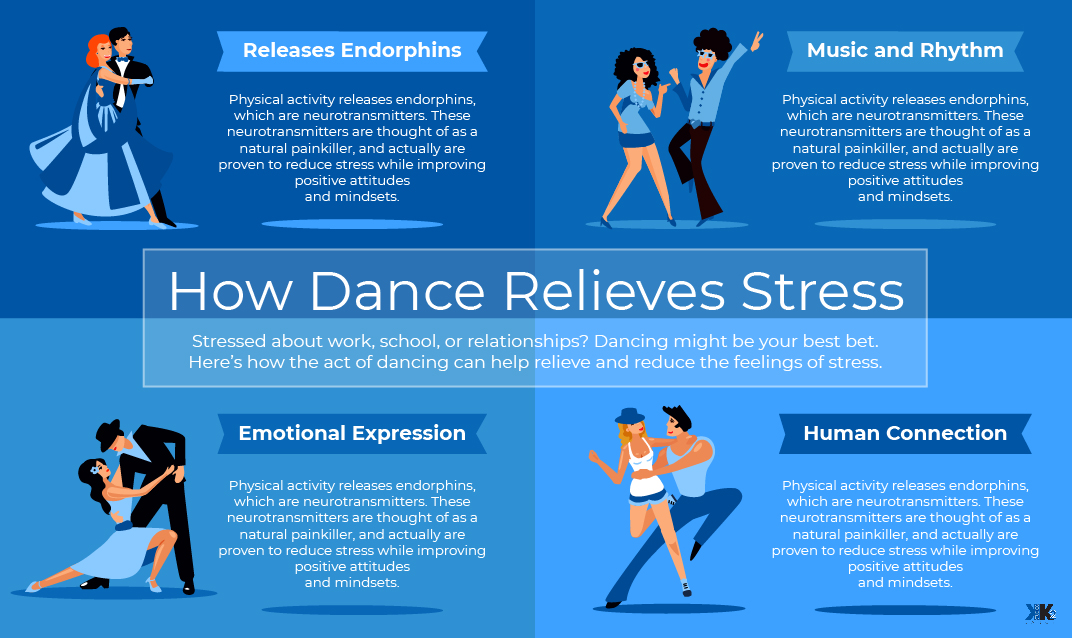 But a little time passed before the film "Zorba the Greek" really fell in love with the Greeks, and the "Zorba Dance" touched the Greeks so much that it instantly became the most popular Greek dance and very soon was recognized at the legislative level as a national Greek dance. All over the world, the Zorba Dance became known as the Sirtaki dance, and the dance itself became one of the main symbols of Greece.
But a little time passed before the film "Zorba the Greek" really fell in love with the Greeks, and the "Zorba Dance" touched the Greeks so much that it instantly became the most popular Greek dance and very soon was recognized at the legislative level as a national Greek dance. All over the world, the Zorba Dance became known as the Sirtaki dance, and the dance itself became one of the main symbols of Greece. Reference: Anthony Quinn - full name Antonio Rudolfo Oaxaca Quinn - American actor, artist and writer of Mexican origin. Years of life 04/21/1915 - 06/03/2001. Anthony Quinn has won two Oscars for his roles in Hail Zapata and Lust for Life.
I want to dance. 10 misconceptions about dancing
The desire to learn to dance is natural and natural in the modern world. You can list the reasons, starting with obvious and popular pragmatic desires, for example, to start moving or losing weight, ending with unconscious and even existential ones.

This is due to the fact that dancing is at the subtle intersection of the inner and outer worlds, physical and spiritual. Above this, music becomes a driver that cannot leave anyone indifferent.
In dancing there is magic inside a person, which is not always noticeable when observed from the side. At the initial stage, it is the external picture that attracts to dances, and sometimes repels, as it seems too frivolous and superficial.
But there are even stronger obstacles that stop many people from starting dancing. These illusions and delusions roam the minds of the majority, and are often afraid to ask about them directly, or they ask the question about it so often that they are no longer ready to hear an honest direct answer. I will try to do it in this article.
There are many examples of contemporary dance instructors sharing their thoughts about not expecting to be in the dance industry. Once upon a time there was a man and was engaged in adult, serious business.
 Sometimes even very serious. A person could have children and even grandchildren. I saw dances only on stage or on TV. For reasons unknown to himself, he ended up in dances. At first, everything seemed like entertainment and a useful pastime. But time has passed, and a person catches himself thinking that he thinks about dancing not just every day, but really all the time. A couple of years pass, and he already becomes a teacher or organizer of some event.
Sometimes even very serious. A person could have children and even grandchildren. I saw dances only on stage or on TV. For reasons unknown to himself, he ended up in dances. At first, everything seemed like entertainment and a useful pastime. But time has passed, and a person catches himself thinking that he thinks about dancing not just every day, but really all the time. A couple of years pass, and he already becomes a teacher or organizer of some event. A similar path can start at 15 or 55 years old. The only difference will be in the self-perception of the starting stage, that it’s too late to dance. In fact, for each age there is its own dance direction, which can reveal it to the greatest extent at this stage. Hip-hop or breaking is closer to children and teenagers, and Argentine tango is closer to adults. It's never too late to start dancing. You need to make the right choice of dance style based on several parameters: age, gender, music, goal. There is a dance direction for any arrangement.
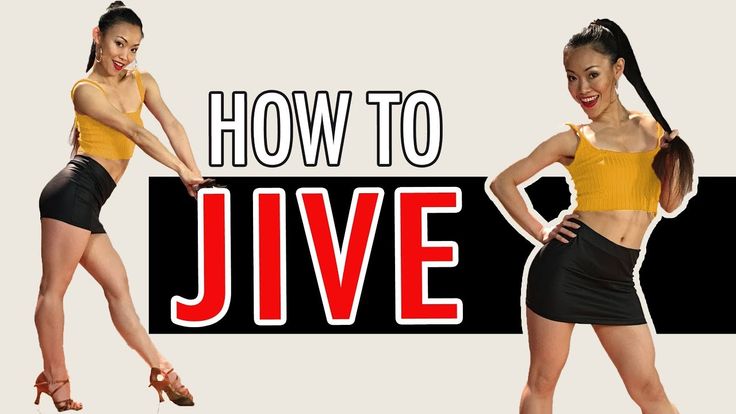
Misconception 2: Men don't dance
Our culture has a number of restrictions related to dancing. Most of these causes are psychological and lie outside the realm of rational reasoning.
First, in our culture, in principle, dancing for pleasure or self-expression appeared relatively recently. 20-30 years ago dance clubs were only for children. To start dancing even in adolescence was considered exotic.
Secondly, the aesthetics of the body in our country for men is not in the focus of attention. In general, this can be attributed to the fact that Russian men try hard not to draw attention to their appearance and clothing. Men in our country use other tools for this.
Third, dancing is associated with entertainment and alcohol. If a man feels serious and respectable, then he either does not have time or desire for this.
Nowadays the general cultural background has changed and the result is that men are learning to dance.
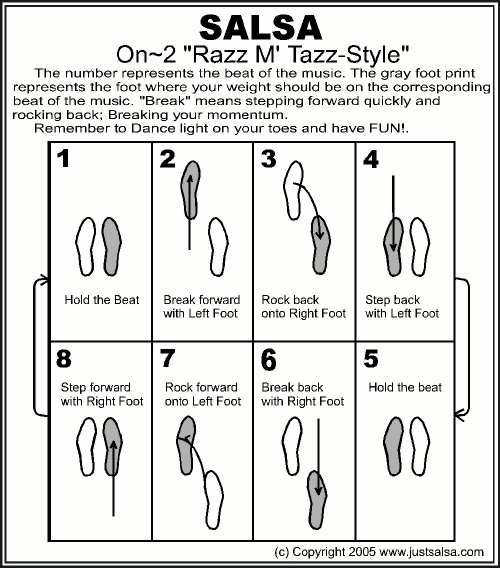 It becomes as much a sign of masculinity as clothing, hair or beard.
It becomes as much a sign of masculinity as clothing, hair or beard. Unfortunately, many misconceptions remain even among those who have already started dancing. Dance teachers do not always pay attention to this, as it seems to them that this is a matter of course.
Fallacy 3: special training is needed
For an outside observer, there is always a cognitive dissonance about what dance is. What he sees on the big stage in the form of a show with sweeping movements and splits is obviously dancing. Breakers doing unimaginable elements in the air and on their hands, competing with each other, also seem to be dancing. Pensioners in the park waltz. Dancing again, but for some reason everyone is so different. How to understand that this is a dance, and what physical criteria should be in the body.
In fact, any self-expression through the body to music can be attributed to dance. There are a number of reservations, but they are not essential.
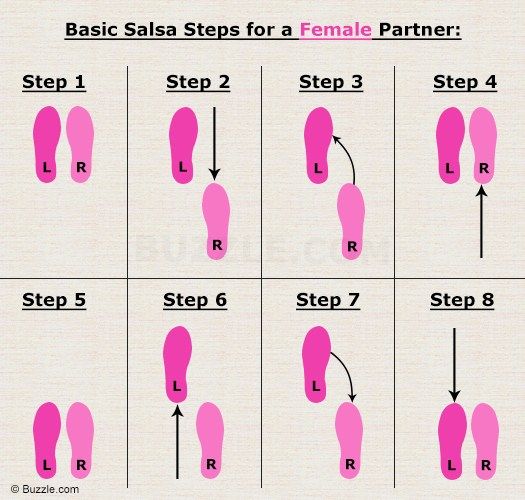 For self-expression, a person uses the set of plastics that he has. Subtlety and technique do not depend on extreme ways of self-expression, and it often happens that splits and somersaults interfere with a meaningful dance. The development of plasticity and the expansion of the body's capabilities are part of the preparation of the dancer, but not an end in itself.
For self-expression, a person uses the set of plastics that he has. Subtlety and technique do not depend on extreme ways of self-expression, and it often happens that splits and somersaults interfere with a meaningful dance. The development of plasticity and the expansion of the body's capabilities are part of the preparation of the dancer, but not an end in itself. Misconception 4: You must learn to dance in pairs
In couple dancing, the final learning outcome is that the couple dances at a party. It would seem that you should always train together to get the desired result. This is not true. Let's take an example from boxing. An indicator of a boxer's skill is a fight with an opponent, but this does not mean that he constantly has to fight. Also, the ability to dance is built on the possession of one's own body and the ability to interact.
The skill of the teacher is the correct selection of methods so that the student masters the skill.
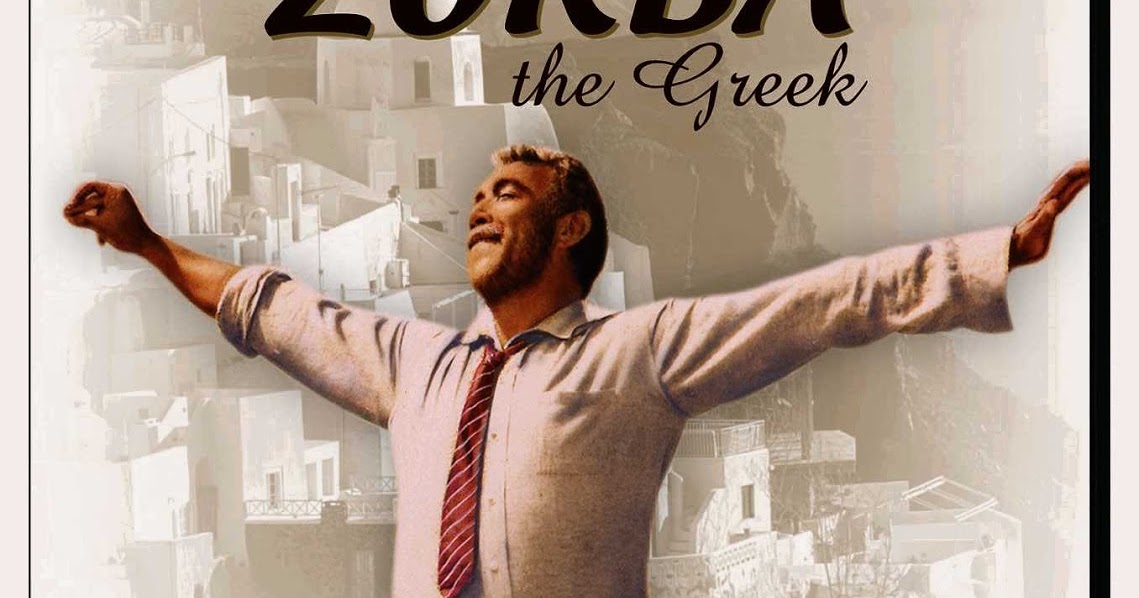 Based on the skill, you can engage in creativity and self-expression in dance. Not everyone knows, but it is no coincidence that almost all social dance dancers have a serious dance background, which is based on the development of individual techniques.
Based on the skill, you can engage in creativity and self-expression in dance. Not everyone knows, but it is no coincidence that almost all social dance dancers have a serious dance background, which is based on the development of individual techniques. The same can be attributed to the interaction in a pair. The ability to separate in oneself the one who leads and the one who follows the lead is impossible within the framework of studying the sequence of movements in pairs. For this, there are special exercises that make the skill more versatile. For this, the presence of a permanent couple is not necessary, as well as the regular presence of a partner in general.
IMPORTANT! You can’t experiment at a party, and everything should be in its place there: men dance with women.
Getting rid of illusions is a complex internal process. If you leave them to yourself, you can even get the opposite result.
Misconception 5: plastique and stretching are mandatory attributes of dance
Much depends on the genre of dance that you want to master.
 In previous articles, I have already mentioned that different dance styles are suitable for different ages. It is appropriate to dance hip-hop in adolescence or youth, Argentine tango is a more adult dance, it is important to enter classical choreography at a young age.
In previous articles, I have already mentioned that different dance styles are suitable for different ages. It is appropriate to dance hip-hop in adolescence or youth, Argentine tango is a more adult dance, it is important to enter classical choreography at a young age. The degree of necessary plasticity and sensitivity to the dance direction also correlates. For example, breaking requires great physical effort and dexterity. Elements are built on acrobatics and high speed of execution. Who are they more suitable for? Obviously young people.
There is a lot of interaction in salsa. It is necessary to feel the partner subtly, to be able to show a variety of figures and elements. Twine or acrobatics are completely inappropriate here. However, a variety of ways to show oneself are required. Accordingly, the dance is youthful, but not at all childish.
The older the dance, the less stretching or acrobatics is required. The main emphasis is on the quality of technology, the variety of ideas and the ability to show plasticity.
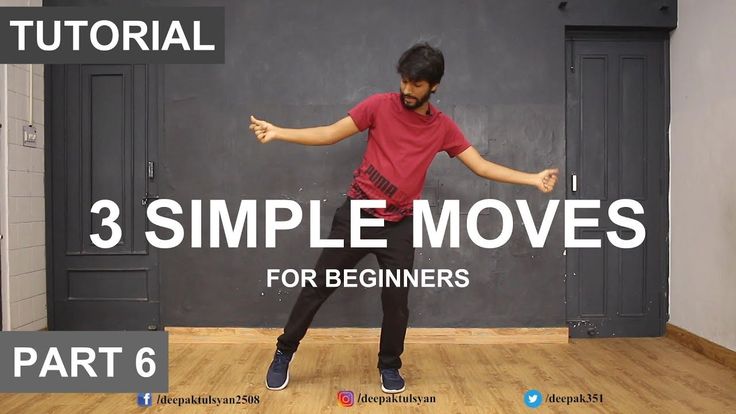
Misconception 6: Mirrors are necessary for learning
There is a set of tools that dancers use to learn how to dance. The fact is that the dancer needs to receive feedback on how his movements look from the side. It is impossible to dance and see yourself from the side at the same time. The most common tool is a mirror. But not the only one.
Like any auxiliary tool, mirrors have positive and negative effects. The positive is that they can receive feedback in real time and technically it is not very difficult. The downside can be dependence on mirrors. A situation where a dancer cannot capture the feeling of dancing, such as on stage or at a party. For these purposes, you can use, among other things, video filming or proper preparation.
In many countries in Latin America, dance classrooms are not equipped with mirrors. Classes are held in bars or large halls. The dancers initially form the skill of focusing on the inner sensation, and not the habit of looking for their reflection in the mirror with their eyes.

Misconception 7: there is a lot of obsceneness in dancing
A common question from novice dancers who are taking their first steps in more contact couple dances is “in order to dance cool, there must be passion inside the couple?”. I immediately answer that no, not necessarily. Kizomba, bachata and Argentine tango attract many with their close contact. Like any other contact in our everyday life, in dances, contact can be different. We hug friends, parents, children. These hugs can wear many different shades. Sexual overtones are one of many.
The culture of dance also includes the boundaries of what is acceptable. A compliment from a well-mannered person is different from a statement about female sexuality by a gopnik. Usually, those who study at a dance school already have an idea of what boundaries should not be crossed. A good dance from a technical point of view will never look vulgar or vulgar.
Dancers always have a choice about the boundaries of contact. Most prefer to leave a good impression of themselves, as word spreads just as fast in the dance world.
Most prefer to leave a good impression of themselves, as word spreads just as fast in the dance world. Misconception 8: the best dancers are the bearers of culture
Even the very question of the origin of this or that dance can be paradoxical and ambiguous, especially when it comes to its development and performance.
For example, the Viennese waltz did not originate in Vienna, but in Germany. Salsa has its main roots in the USA, not in Cuba. The famous Greek folk dance sirtaki was invented for the film "Zorba the Greek" and appeared only in 1964.
The same can be attributed to the development of modern dance styles. Korea is known for its world-leading break dancers. People go to Turkey for Argentine tango, Spain is strong with excellent salsa and bachata dancers, in Egypt, Russians are considered the best belly-dance performers.
A good dance is based on quality training and diligence. Skin color, place of birth and age are secondary.
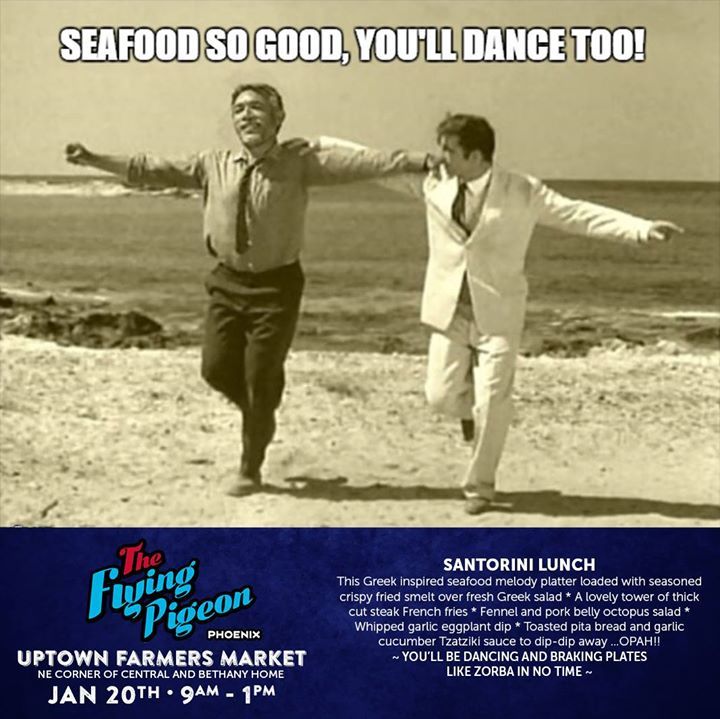 Exotic appearance, unfortunately, is often a reason to be more superficial about one's own professional development. This becomes the reason for the low level of teaching among the bearers of culture. I am sure that few readers of this post will be ready to conduct a master class in Russian folk dance outside of Russia.
Exotic appearance, unfortunately, is often a reason to be more superficial about one's own professional development. This becomes the reason for the low level of teaching among the bearers of culture. I am sure that few readers of this post will be ready to conduct a master class in Russian folk dance outside of Russia. The mastery of mastering and teaching a particular style does not depend on the dancer's homeland. And "they absorbed the dance with their mother's milk" is nothing more than a common misconception.
Misconception 9: You have to know a lot of moves to learn to dance
Focusing on learning a lot of moves often detracts from the essence of dance. Of course, the sequence of figures is important. Especially at the start. Over time, the dancer should have an understanding of how movements can be generated independently. Accordingly, instead of memorizing millions of figures, you can understand how to create them.
From every system of improvisation that a dancer can use as an instrument, dozens, hundreds or thousands of variations are derived.
 This frees the head from trying to reproduce the exact sequence and definitely adds freedom in the performance of the dance.
This frees the head from trying to reproduce the exact sequence and definitely adds freedom in the performance of the dance. The huge theme of musicality can be attributed to the same question. Not every pre-conceived or learned sequence will fit specific music. The dance should give freedom, and not drive the dancer into the shell of the ropes.
Misconception 10: dancing is homosexual
Unusually high attention to the body and flair from stories about professional ballet led to the spread of this myth, among other things. Unfortunately, such an idea still exists in the minds of our fellow citizens.
The dance industry is now very broad and is represented by many dance styles. Some of them can even be called homophobic. Dances reflect the general attitude to the world and it is different depending on the life position and worldview of a person.
In many dances there is contact between the dancers. In Russia, dance contact between men has always been perceived very intensely.
 In most other countries it is different. An example of the fact that this tension is associated only with the dance theme and does not apply to other areas is, for example, wrestling. When practicing techniques, men are in much closer contact with each other. Sometimes lying on the floor and holding each other tightly. The historical roots of Greco-Roman wrestling are also ambiguous from a sexual point of view. But in our country, unlike dance, they are perceived as acceptable and brutal.
In most other countries it is different. An example of the fact that this tension is associated only with the dance theme and does not apply to other areas is, for example, wrestling. When practicing techniques, men are in much closer contact with each other. Sometimes lying on the floor and holding each other tightly. The historical roots of Greco-Roman wrestling are also ambiguous from a sexual point of view. But in our country, unlike dance, they are perceived as acceptable and brutal. Dance, like the culture of speech, makes a modern person more successful and self-confident. The ability to control one's body, tune in to another person and the ability to be aesthetic in the plasticity of movement is valuable in the modern world. If we add here the pleasure of the process and the availability of dance as such, then the possibilities of this activity can hardly be overestimated.
It's sad when interested people are stopped by prejudices and myths that have nothing to do with dancing.

